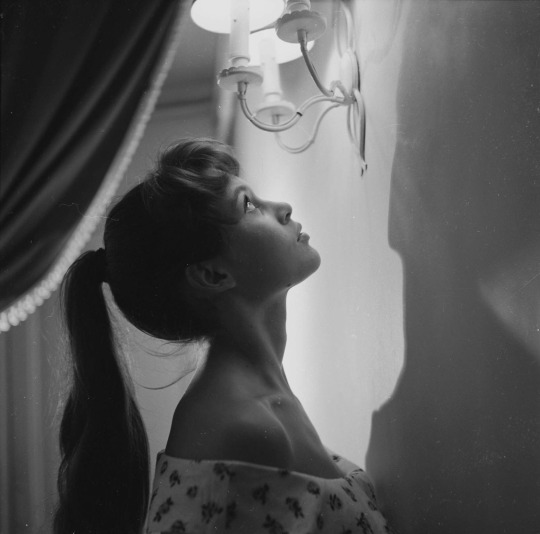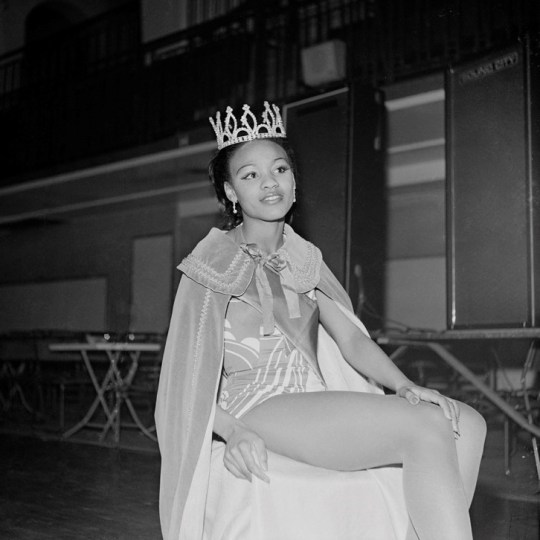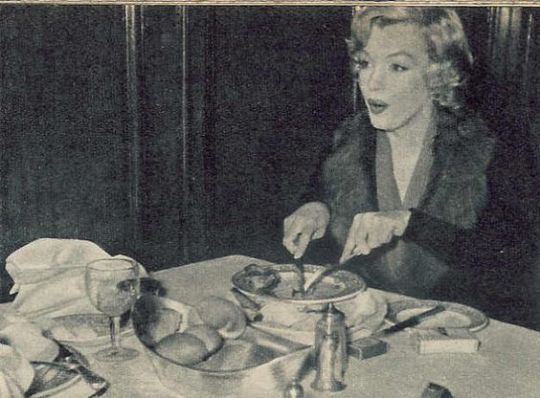Text
man’s arm tugs women behind for one shot, next shot she backs up but the man isnt there; bringing the illusion of an invisible restraint
3 notes
·
View notes
Quote
1950s Britain was a bleak period for militant feminism. In the aftermath of World War II, a new emphasis was placed on companionate marriage and the nuclear family as a foundation of the new welfare state.[133][134]
In 1951, the proportion of adult women who were (or had been) married was 75%; more specifically, 84.8% of women between the ages of 45 and 49 were married.[135] At that time: "marriage was more popular than ever before."[136] In 1953, a popular book of advice for women states: "A happy marriage may be seen, not as a holy state or something to which a few may luckily attain, but rather as the best course, the simplest, and the easiest way of life for us all".[137]
While at the end of the war, childcare facilities were closed and assistance for working women became limited, the social reforms implemented by the new welfare state included family allowances meant to subsidize families, that is, to support women in the "capacity as wife and mother."[134] Sue Bruley argues that "the progressive vision of the New Britain of 1945 was flawed by a fundamentally conservative view of women".[138]
Women's commitment to companionate marriage was echoed by the popular media: films, radio and popular women's magazines. In the 1950s, women's magazines had considerable influence on forming opinion in all walks of life, including the attitude to women's employment.
Nevertheless, 1950s Britain saw several strides towards the parity of women, such as equal pay for teachers (1952) and for men and women in the civil service (1954), thanks to activists like Edith Summerskill, who fought for women's causes both in parliament and in the traditional non-party pressure groups throughout the 1950s.[139] Barbara Caine argues: "Ironically here, as with the vote, success was sometimes the worst enemy of organised feminism, as the achievement of each goal brought to an end the campaign which had been organised around it, leaving nothing in its place."[140]
Feminist writers of that period, such as Alva Myrdal and Viola Klein, started to allow for the possibility that women should be able to combine home with outside employment. 1950s’ form of feminism is often derogatorily termed "welfare feminism."[141] Indeed, many activists went to great length to stress that their position was that of ‘reasonable modern feminism,’ which accepted sexual diversity, and sought to establish what women's social contribution was rather than emphasizing equality or the similarity of the sexes. Feminism in 1950s England was strongly connected to social responsibility and involved the well-being of society as a whole. This often came at the cost of the liberation and personal fulfillment of self-declared feminists. Even those women who regarded themselves as feminists strongly endorsed prevailing ideas about the primacy of children's needs, as advocated, for example, by John Bowlby the head of the Children's Department at the Tavistock Clinic, who published extensively throughout the 1950s and by Donald Winnicott who promoted through radio broadcasts and in the press the idea of the home as a private emotional world in which mother and child are bound to each other and in which the mother has control and finds freedom to fulfill herself.[142]
https://en.wikipedia.org/wiki/History_of_women_in_the_United_Kingdom
0 notes
Quote
Female servants
Edwardian Britain had large numbers of male and female domestic servants, in both urban and rural areas.[100] Men relied on working class women to run their homes smoothly, and employers often looked to these working class women for sexual partners.[100] Servants were provided with food, clothing, housing, and a small wage, and lived in a self-enclosed social system inside the mansion.[101] The number of domestic servants fell in the Edwardian period due to a declining number of young people willing to be employed in this area.[102]
https://en.wikipedia.org/wiki/History_of_women_in_the_United_Kingdom
0 notes
Photo


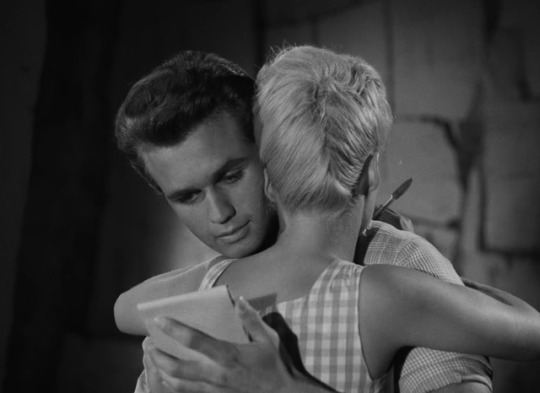

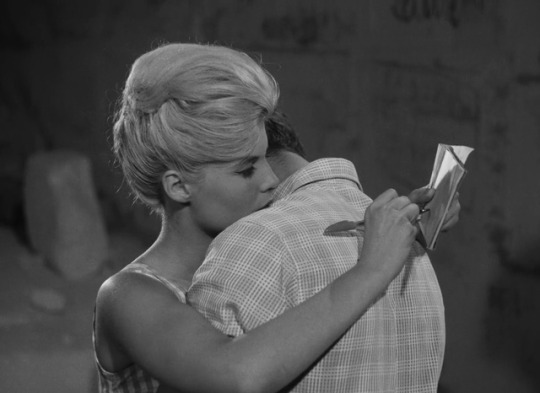

Le testament d'Orphée | Jean Cocteau | 1960
Brigitte Bardot, Edouard Dermithe, Jean Cocteau, et al.
3K notes
·
View notes
Photo

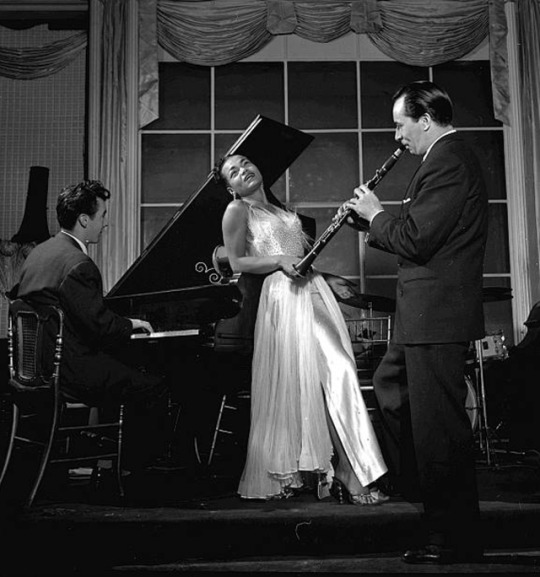



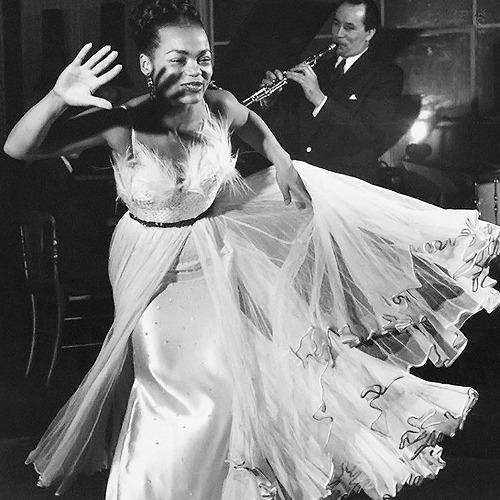
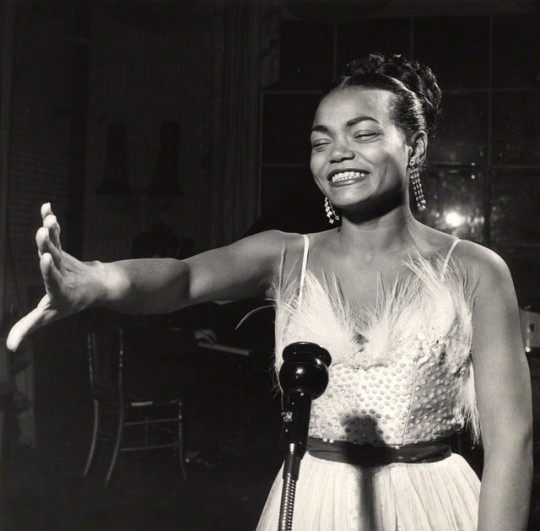
Eartha Kitt and orchestra leader Frank Weir photographed by Russell Westwood at Churchill’s Club in London, 1951.
24K notes
·
View notes
Photo



Brigitte Bardot in London in 1955.
She was pretty much an unknown then internationally; her big breakthrough, And God Created Woman, was still one year away.
271 notes
·
View notes
Photo
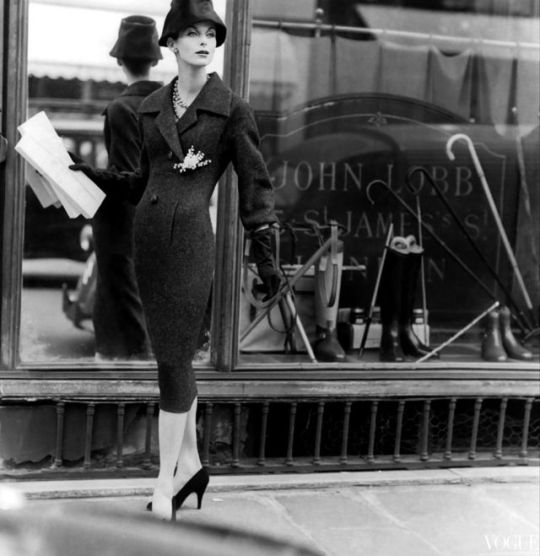
Anne St. Marie in Christian Dior, London, Vogue, Photo by Henry Clarke, 1955.
276 notes
·
View notes
Photo

In Your Dreams (1955), a portrait of “Teddy Girl” Jean Rayner, 14, from west London. Photograph by Ken Russell.
456 notes
·
View notes
Text

• Evening dress.
Place of origin: London
Date: 1955
Designer: Stiebel, Victor
Medium: Silk taffeta overlaid with matching wild silk organza, boned.
259 notes
·
View notes
Photo

Monty Fresco. Traffic travelling down Shaftesbury Avenue in front of an illuminated Lyric Theatre, London, 1954. (Topical Press Agency/Getty Images).
270 notes
·
View notes
Photo
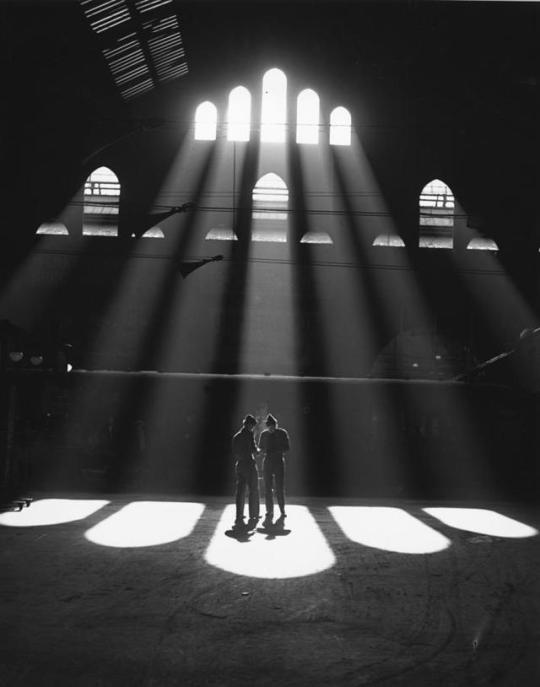
Ron Case. Two British soldiers stand in a shaft of sunlight streaming through a window, at London’s Liverpool Street Station, 1951.
291 notes
·
View notes
Text

• Theatre costume.
Place of origin: London
Date: 1958
Artist/Maker: Dior, Christian
282 notes
·
View notes
Photo

A Lamplighter doing his rounds in the streets of London, 1962
734 notes
·
View notes
